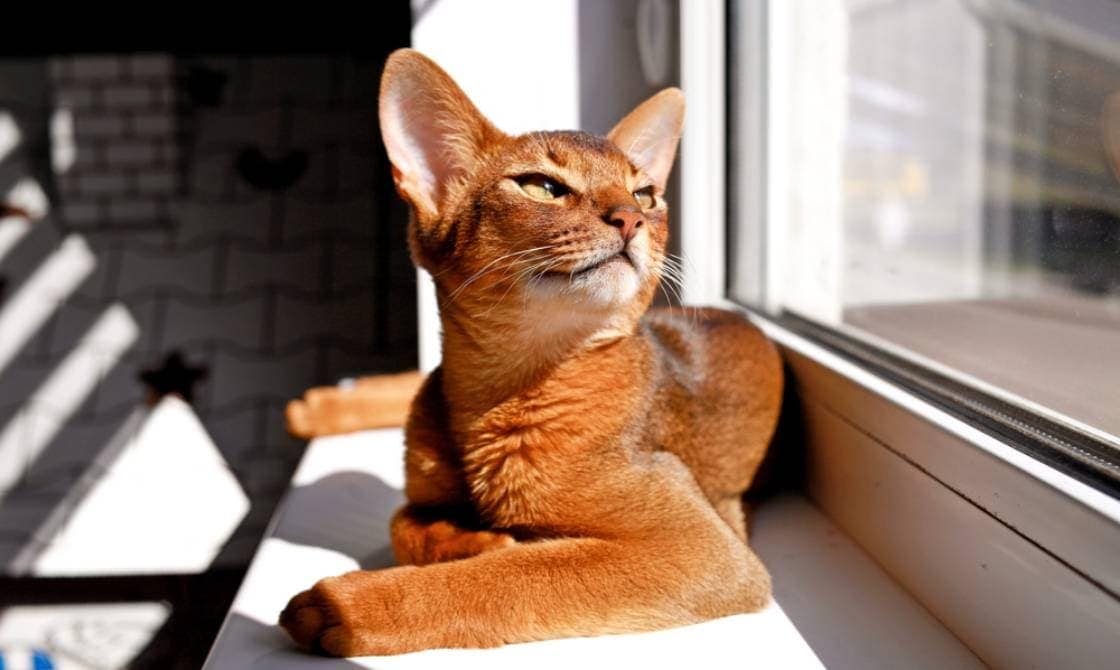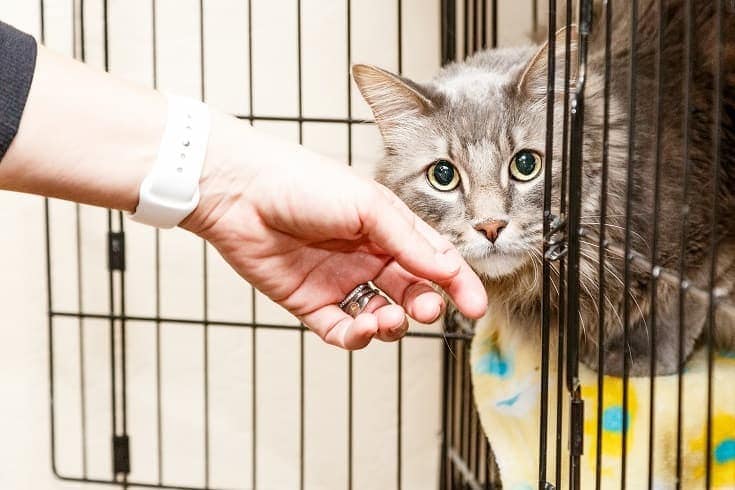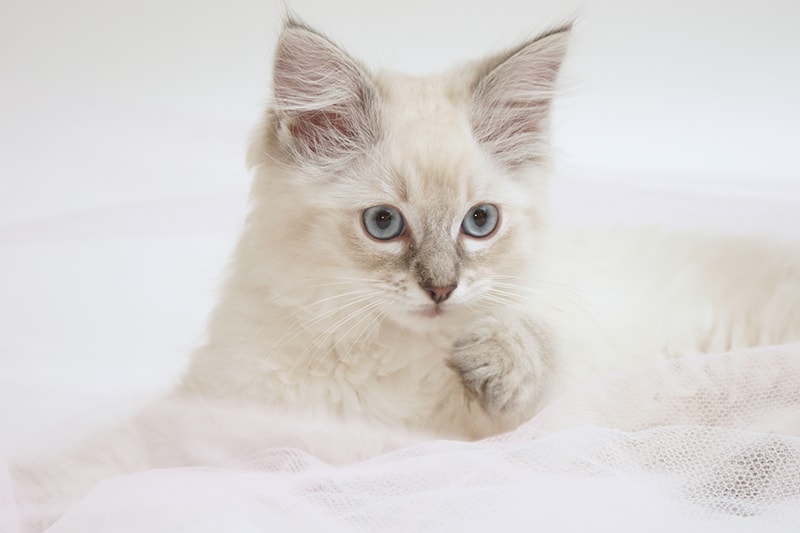7 Vet-Approved Reasons Why Your Cat’s Paws Are Peeling: Care Tips & FAQ
Updated on
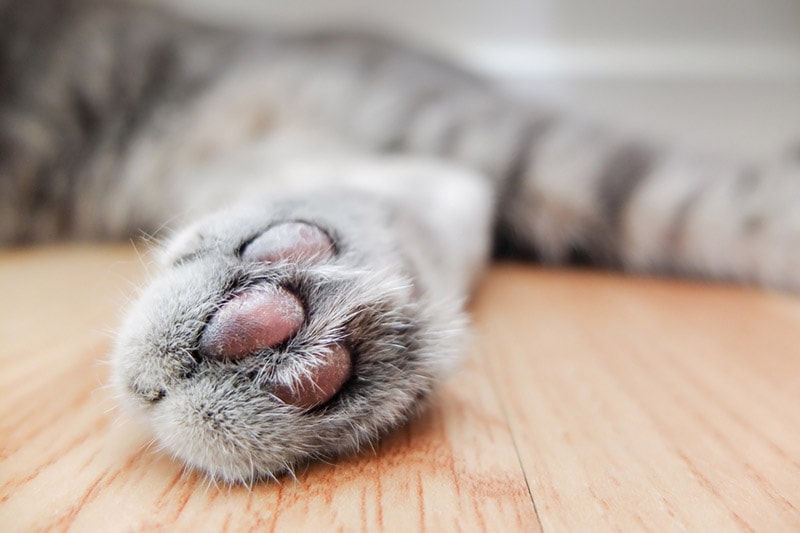
Your cat’s paws are a fundamental part of their body, and if you notice their paws are peeling, it’s understandable to be concerned. Peeling paws are often related to some form of damage occurring to the paw pad itself, which can be caused by a variety of reasons.
In this article, we’ll take an in-depth look at the potential reasons those adorable little kitty paws are in the process of peeling and what you can do about it to ensure your cat is comfortable and healthy again.
The 7 Possible Reasons Why Your Cat’s Paws Are Peeling
1. Allergies or Irritants
Just like humans, cats can suffer from allergies. Allergies can be at any age and may be the result of exposure to environmental allergens, an allergic reaction to an ingredient in their food, or even flea saliva. If allergies are the root cause of paw pad peeling there is a good chance your cat will be showing other signs.
One of the primary indicators of allergies is itchy skin, which leads to excessive grooming. When cats continuously lick and bite their paw pads to relieve the itch, it could easily result in injury to the paw pad and the peeling of the skin.
Other signs of allergies may include red or inflamed skin, hair loss, sneezing, coughing, discharge of the eyes and nose, and digestive issues like diarrhea, gas, or vomiting if food allergies are the culprit. Signs can be very specific to the individual, so if your cat is showing any potential signs that they could be suffering from allergies, you will want to make an appointment with your veterinarian.
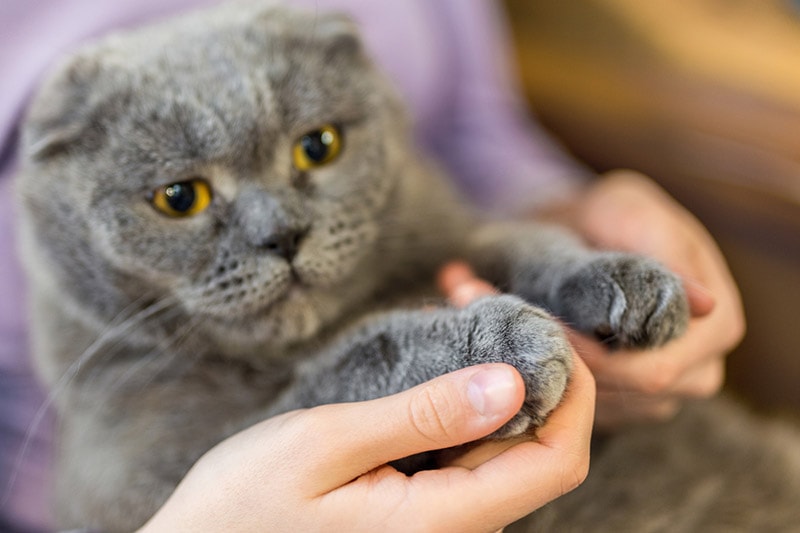
2. Excessive Grooming
Grooming is a natural behavior that cats spend a lot of time doing. It allows them to keep their fur clean and free from tangles and mats by removing dirt, debris, loose hair, and even certain parasites.
If your cat appears healthy and there are no issues with skin or coat, chances are their grooming is completely normal and nothing to be concerned about. If you are noticing peeling paw pads or any other unusual signs such as hair loss, redness, inflammation, wounds, or scabs, there’s likely an underlying issue going on.
It’s important to contact your veterinarian if your cat has begun excessively grooming to the point where their paw pads are peeling. This behavior can stem from a variety of conditions including allergies, parasites, exposure to irritants, autoimmune conditions, pain, infection, stress, and much more.
Your veterinarian will do a thorough examination and note any other signs of illness your cat is experiencing. Further diagnostic testing may be necessary to get to the root cause of the problem, but it’s important to have a proper diagnosis for your cat to receive proper treatment.
3. Burns or Blisters
Peeling paw pads could very well be the result of burns or blisters that have occurred on the bottoms of their feet. The common burn associated with paw pad peeling would be related to walking on a hot surface, such as hot pavement.
Cats are also known for jumping up onto random surfaces and if they jump up on the stove before it’s had a chance to cool off, they can very easily be burned. Most burns are either related to hot objects (thermal burns) or direct contact with harsh chemicals (chemical burns) such as sidewalk salt, certain fertilizers, or harsh household cleaners like bleach or drain cleaner.
Cats have also been known to suffer from sunburns and electrical burns, though sunburn on the paw pads is highly unlikely. Treatment will be dependent on the cause of the burn, so it’s highly recommended that you reach out to your veterinarian for further guidance if your cat has suffered from either a thermal or chemical burn.
Prevention is key to keeping your cat safe from burns. Keep your cat indoors so they are not exposed to hot pavement, heavily supervise any hot surfaces, and avoid using any harsh chemicals around your cats.
4. Dryness
Peeling paw pads can also be related to dry, cracked skin. It’s not uncommon for paw pads to be a bit rough since they come in contact with various surfaces and need to get traction, but certain factors can lead to excessive dryness and cracking.
Extreme weather, dry air, and over-grooming the paws can all lead to those dry, cracked pads that will most likely end up peeling. This can be painful for your cat and put them at risk of infection, so you will want to provide treatment right away.
Most of the time, dry paw pads can be remedied at home with over-the-counter paw repair creams, coconut oil, olive oil, and protective socks or booties. It’s always a good idea to get in contact with your veterinarian to ensure proper treatment is administered and to rule out any potential infections or other underlying conditions.
5. Injury
Injuries to the paw pads could ultimately lead to peeling in some cases. Paw pads can become injured as the result of trauma from a foreign object or any cuts, abrasions, or tears from surfaces or other environmental factors.
Minor injuries could be treated successfully at home. However, if anything got lodged in the paw pad, it should be removed by your vet. The wound should then be cleaned with antibacterial soap and dried thoroughly. If your cat tries to lick the wound, a protective collar should be used.
Depending on the severity, you may need bandages and socks or booties to prevent further injury. Any deep wounds or those with uncontrollable bleeding should be referred to a veterinarian immediately.
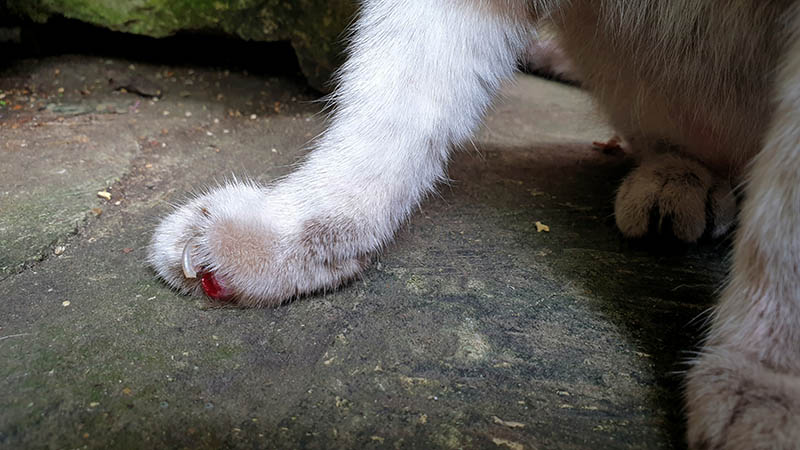
6. Infection
Bacterial and fungal infections in or around the paw pads may be the underlying reason you’ve noticed peeling pads. Signs of a bacterial infection in the paws include redness, swelling, itchiness, pain, and discharge. Bacterial infections can result due to a variety of reasons and your cat will need to see the veterinarian for a proper diagnosis so they can prescribe either oral or topical antibiotics to treat the infection.
Fungal infections are common in paw pads, especially yeast infections. Ringworm is also a common fungal infection that may affect kittens and weakened adult cats. Yeast is likely to occur in hot or humid conditions, as a result of allergies, or if your cat has a compromised immune system.
Common signs of yeast include redness, swelling, foul-smelling discharge, and excessive licking or biting of the paws. Your veterinarian will need to diagnose a fungal infection and prescribe antifungal medication and instructions on how to properly clean the area.
7. Skin Disease
Some skin conditions can manifest as peeling, inflamed, or crusty paw pads. Plasma cell pododermatitis is an uncommon condition that presents as swollen, red, depigmented paw pads that sometimes ulcerate and bleed. The exact cause is not clear, but it is thought to have an immune-mediated basis. It typically affects more than one paw and usually, no other clinical signs are present.
Pemphigus foliaceus is the most common autoimmune skin disease in cats, and it can affect cats’ paws and, usually, other body parts, such as the head, face, and claw folds. Lameness, crusting, and ulceration are common, as well as lethargy, poor appetite, and fever. Veterinary intervention is always needed for an accurate diagnosis and treatment.
Tips for Healthy Paw Pads
Feed a Balanced, High-Quality Diet
Feeding a premium quality diet is the best way to ensure overall health and wellness for your cat. Their diet should be rich in protein and contain moderate amounts of fat and minimal carbohydrates. A well-balanced diet will provide essential vitamins, nutrients, and fatty acids that support healthy bodily function as well as healthy skin and coat.
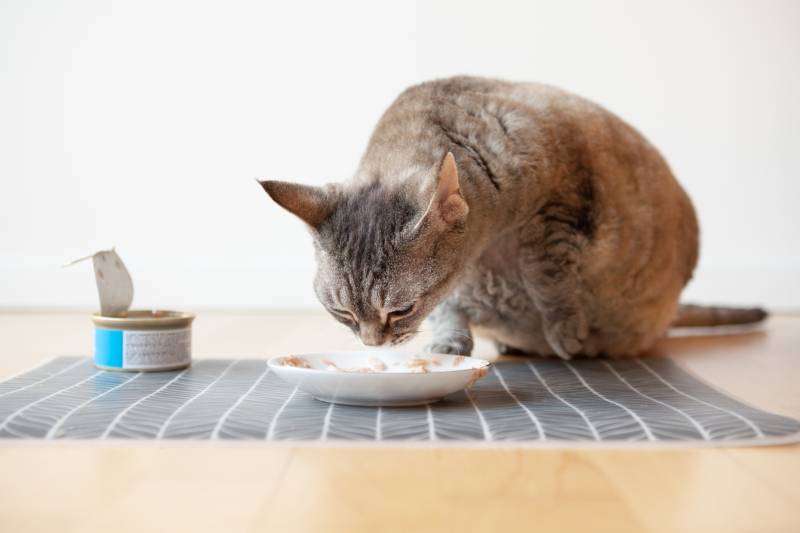
Trim Claws as Needed
Cats are great at self-grooming but they may require an occasional nail trim to keep their claws in shape. Overgrown claws are more common in cats with joint problems that don’t groom themselves or don’t use scratching posts as effectively. They have the potential to grow into the paw pad and result in injury and infection if not treated right away.
It’s a good idea to get your cat used to regular nail trims when you first bring them home. If this is started during kittenhood, it can make the process much easier on both you and the cat.
Perform Regular Paw Pad Checks
Debris can easily get lodged in the paw pads, so it’s important to do regular checks to ensure they are looking healthy and free of any debris that needs to be removed. Don’t hesitate to reach out to your veterinarian if you have any questions or if you need their assistance.
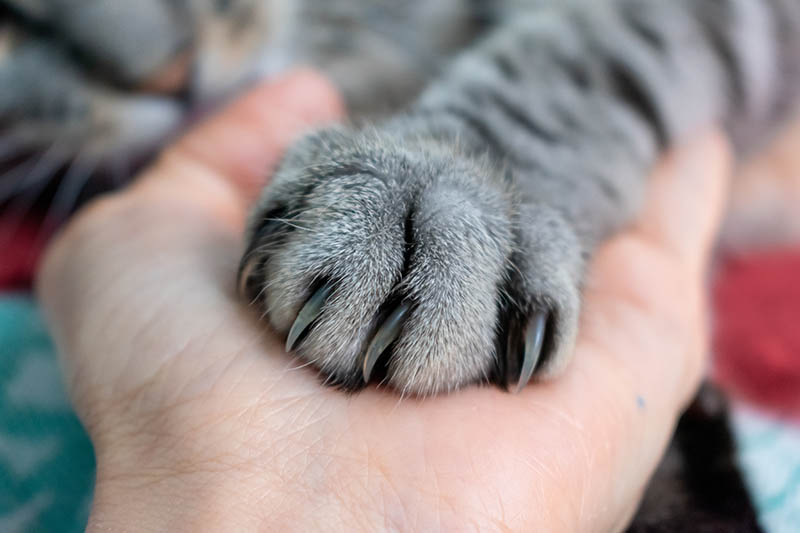
Contact Your Vet With Any Questions
If you ever have questions or concerns regarding your cat’s health, you should never hesitate to reach out to your veterinarian. Many underlying conditions could result in the peeling of paw pads and it is in your cat’s best interest to be properly diagnosed and treated for the health condition at hand.
Summary
If you noticed your kitty’s paw pads are peeling, you should do a more thorough examination of the area and look for any additional signs that could point to a potential underlying problem. Get in contact with your veterinarian so they can give you a proper diagnosis and begin any needed treatment. There are several reasons this could be happening and the sooner you get to the bottom of it, the quicker your cat can heal.
See also:
Featured Image Credit: patthamapong, Shutterstock


